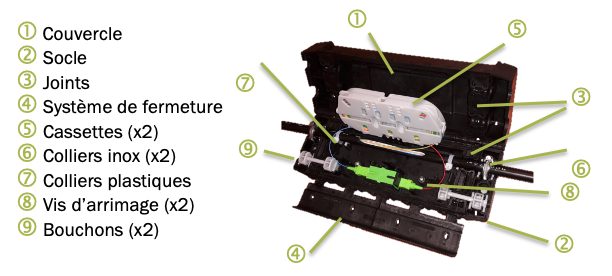


Together they bring day and its light to mankind, much in the way that Apollo’s sun chariot crossed the sky for the Mediterranean civilisations, only here it is a burning brand which makes the light.įor me, the finest painting of any personification of daytime is definitely not of Hemera, but pure fantasy on the part of Edward Robert Hughes. Peter Nicolai Arbo’s portrait of Dagr (1874) shows the son of the god Dellingr, and rider of the bright-maned horse Skinfaxi. Peter Nicolai Arbo (1831–1892), Dagr (1874), other details not known. Wikimedia Commons.Īs with Nyx, Hemera has a well-known Norse counterpart in the male god Dagr. William-Adolphe Bouguereau (1825–1905), Hemera, Goddess of the Day (1884), oil on canvas, dimensions and location not known. His portrait of Night (above) was completed first in 1883, and the following year came her daughter Hemera (below). William-Adolphe Bouguereau (1825–1905), Night (1883), oil on canvas, 208.3 × 107.3 cm, Hillwood Museum, Washington, DC. Then in 1883-84, William-Adolphe Bouguereau depicted mother and daughter in a pair of paintings. It may have been inspired by Giordano’s fresco. Henry Fuseli left this etching of Night and Her Children Aither and Hemera unfinished. Henry Fuseli (1741–1825), Night and Her Children Aither and Hemera (Hesiod, Theogony) (unfinished) (c 1810-15), soft-ground etching, 31.1 × 29.2 cm, Metropolitan Museum of Art, New York, NY. Luca Giordano (1634–1705), Charon’s Barque, Night and Morpheus (detail) (1684-86), fresco, dimensions not known, Palazzo Medici-Riccardi, Florence, Italy. Surrounding the couple is a dark blue cloak covered with the stars of the night sky. There may be some confusion here, as it is Erebus who is normally associated with the Underworld, not Morpheus. The painting’s title claims that it is Morpheus rather than Erebus next to her, which is plausible from the fact that he appears to be in a deep sleep. Luca Giordano’s fresco of Charon’s Barque, Night and Morpheus (1684-86) in the Palazzo Medici-Riccardi in Florence, Italy, features Nyx and her young children in the sky above the boatman Charon as he ferries the dead across to the Underworld.Īs shown in the detail below, Nyx appears with a couple of owls on her head. Luca Giordano (1634–1705), Charon’s Barque, Night and Morpheus (1684-86), fresco, dimensions not known, Palazzo Medici-Riccardi, Florence, Italy. Her most common setting is as Nyx’s infant. Hemera is seldom seen alone in visual art. Today her origin as the daughter of Nyx (Night) and Erebus (Darkness) may seem strange, particularly as her brother was Aether (Brightness). The Romans knew her as Dies, the Latin noun for day, but in neither of the classical traditions does she seem to have attracted a following or cult. Not as popular in art as her mother Nyx, Hemera (Greek Ἡμέρα) was her complement, being the personification of the Day.


 0 kommentar(er)
0 kommentar(er)
